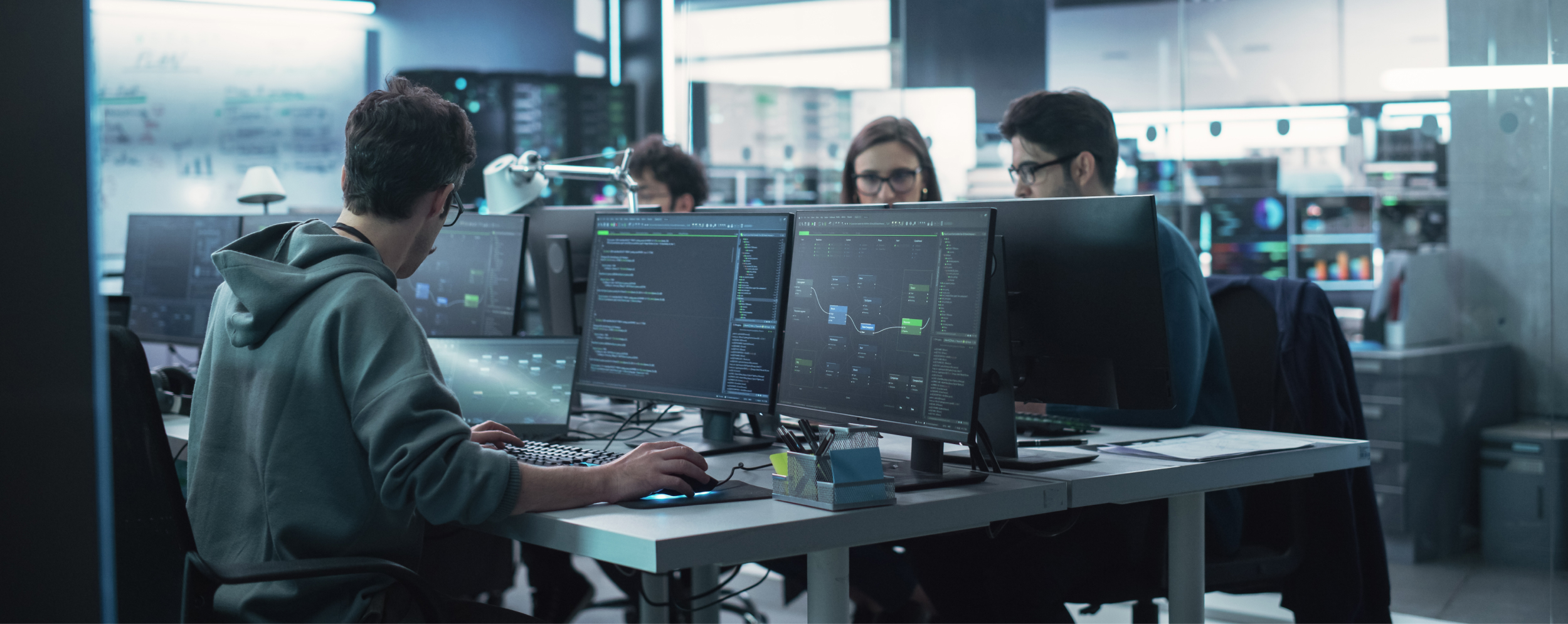In today’s rapidly evolving digital landscape, virtual desktops have become a popular solution for businesses seeking flexibility and mobility. With virtual desktop infrastructure (VDI) enabling users to access their workspaces from anywhere, at any time, it has become crucial to optimize their performance to meet the growing demands of modern work environments.
One key component that plays a crucial role in enhancing virtual desktop performance is GPU acceleration. A graphics processing unit (GPU) is specifically designed to handle complex graphical and visual processing tasks efficiently. Traditionally, GPUs have been associated with gaming and graphics-intensive applications, but their importance in virtual desktop environments cannot be understated.
GPU acceleration significantly improves the overall user experience by offloading graphics-intensive tasks from the CPU to the GPU, resulting in smoother and more responsive desktop performance. Here’s why GPU acceleration is essential for virtual desktop performance
- Enhanced Multimedia Experience: Virtual desktops often require multimedia applications such as video conferencing, streaming, or graphics-intensive tools. GPU acceleration optimizes the rendering of rich media content, ensuring a seamless and immersive multimedia experience. Users can enjoy high-definition video playback, real-time 3D graphics, and smooth transitions without any noticeable lag or disruptions.
- Increased Productivity: Many professional applications rely heavily on GPU processing power, such as CAD/CAM software, 3D modeling tools, and complex data visualization. By harnessing the capabilities of a GPU, virtual desktops can handle these resource-intensive tasks more efficiently. This not only boosts productivity but also allows users to work with large datasets, complex simulations, and detailed renderings without experiencing performance bottlenecks.
- Improved User Responsiveness: Graphics-heavy applications often strain the CPU, resulting in slower response times and reduced interactivity. By offloading these demanding tasks to the GPU, virtual desktops can maintain smooth responsiveness even during peak usage. This ensures that users can interact with their desktops in real-time, without delays, enabling a seamless workflow and enhancing the overall user experience.
- Seamless Multi-Monitor Support: In a modern workspace, many professionals require multiple displays to enhance their productivity. GPUs equipped with multi-monitor support enable virtual desktops to effortlessly handle the display of content across multiple screens. GPU acceleration optimizes the rendering of these displays, eliminating flickering, latency, or synchronization issues, and providing users with a seamless multi-monitor experience.
GPU acceleration is essential for optimizing virtual desktop performance. Its ability to offload graphics-intensive tasks, enhance multimedia experiences, increase productivity, improve user responsiveness, and support multi-monitor setups make it a crucial component in modern virtual desktop environments. By leveraging the power of a GPU, businesses can ensure seamless performance, increased user satisfaction, and a productive work environment.

